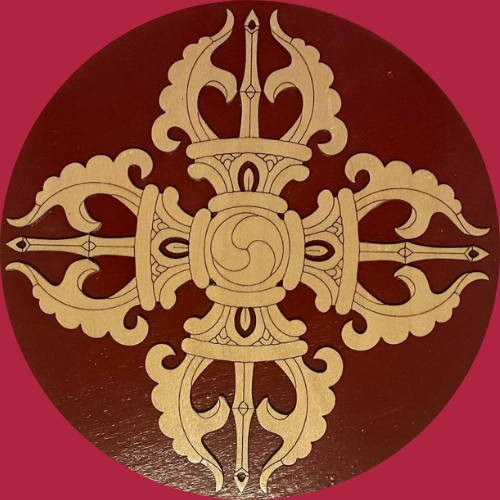Edakkal – Nenmeni
The name Edakkal means a stone in between. As the name indicates, cave was formed through enormous boulder straddling a massive fissure in a gigantic rock, creating a covered space.
Inside Edakkal cave, you will see two chambers. First one is entered via a opening, opposite of that opening, a passage leads at a way which goes to second strata, bigger in size than the 1st one. The 1st chamber is 18 ft long, 12 ft wide, 10 ft high. 2nd chamber is 96 ft long, 22 ft wide, and 18 ft high. Edakkal is the only known place in India with Stone Age carvings of animal figures, human & objects carved on the walls, which shows great evidences for a highly civilized society of pre-historic age.
At 1,200 m, Edakkal caves were discovered in 1890, by Fred Fawcett, the then SP of the Malabar district, on his hunting in Wayanad. He discovered Edakkal, on the western side of Edakkalmala, an early habitat of Neolithic age.
Usually brimming with explorers, there is a trek to reach the caves. A chapel carved with stories from the Holy Bible is there. The way inside consists uneven rocks, iron ladder surrounded with walls made out of rocks covered with moss & lichen. Most carvings remain clear and animal or human figures made of surprising clarity, which survived till date. Three distinct sets of petro glyphs is seen inside Edakkal. Some depictions are 7000 years. A telescope is installed a few feet from the caves that offers a panoramic view of the surrounding country.
Here, one of the stories is that, these caves are said to be formed with the arrows of Lava and Kusha, the sons of Sri Rama. The second one is associated with Kutti Chathan and the Goddess Mudiampilly. People take pilgrimage to seek blessings.
